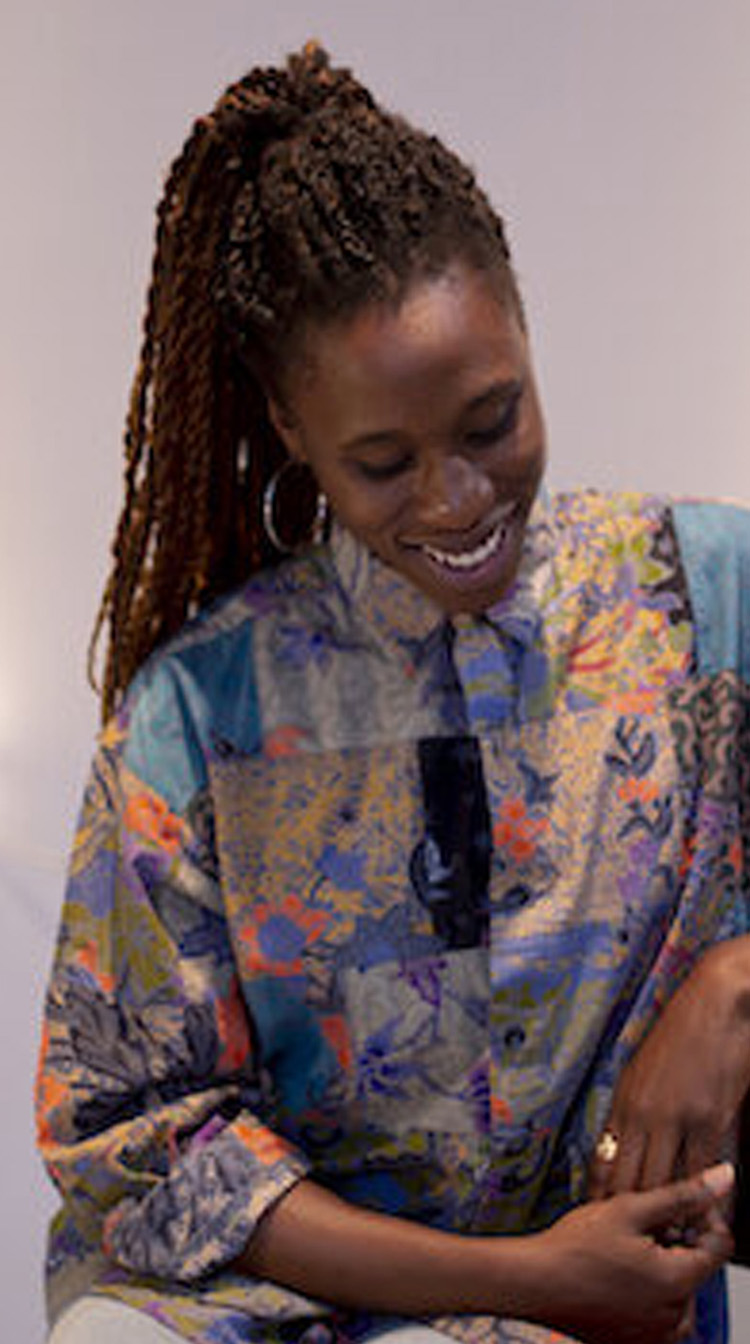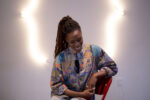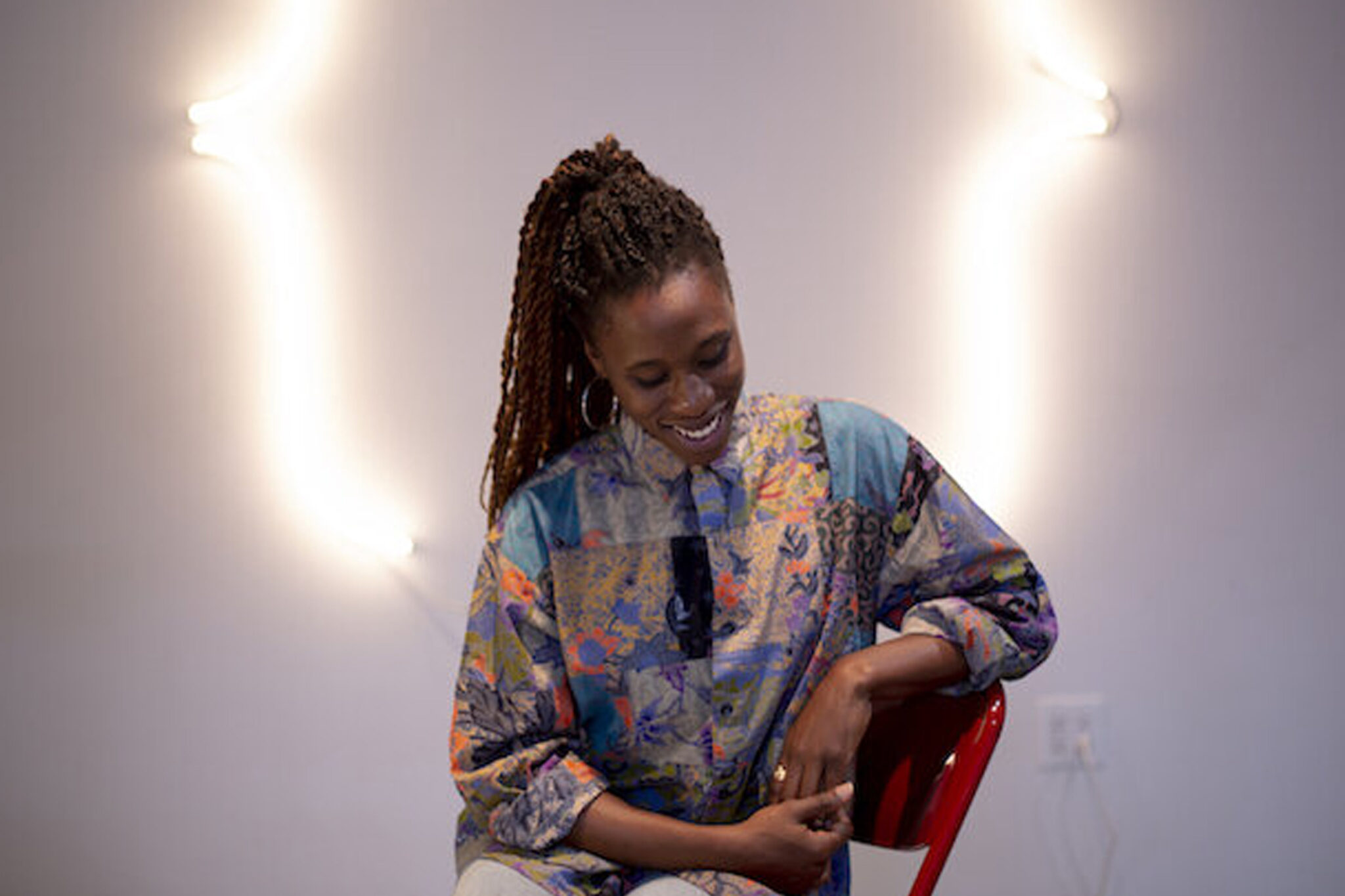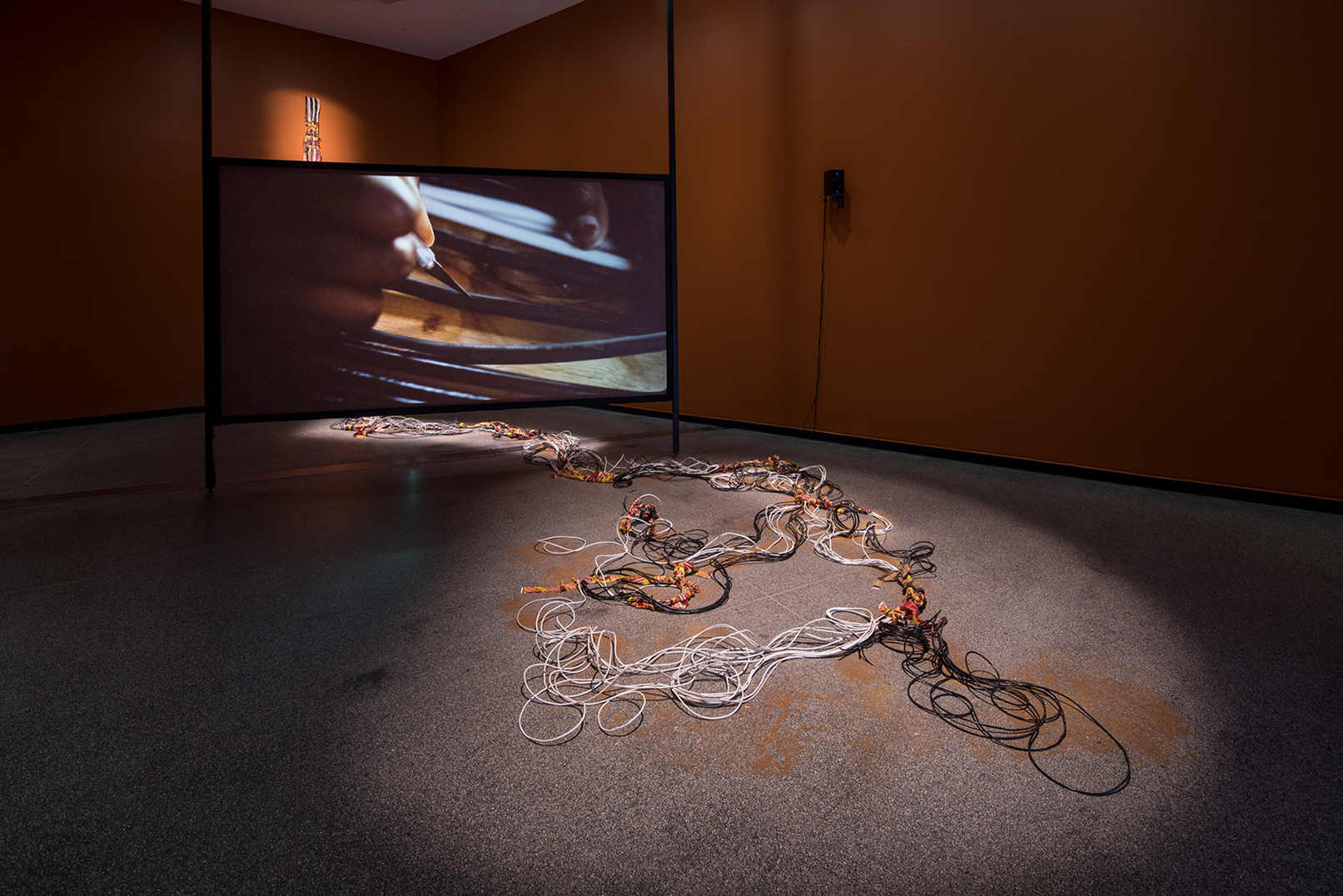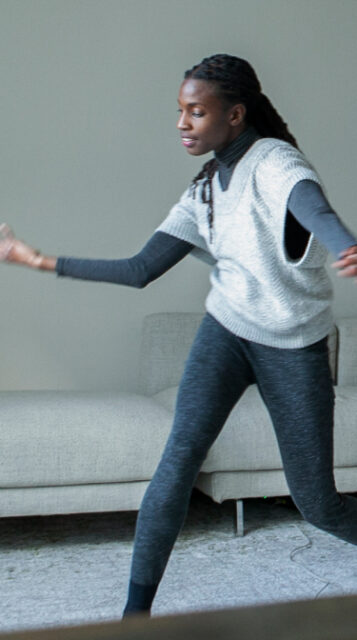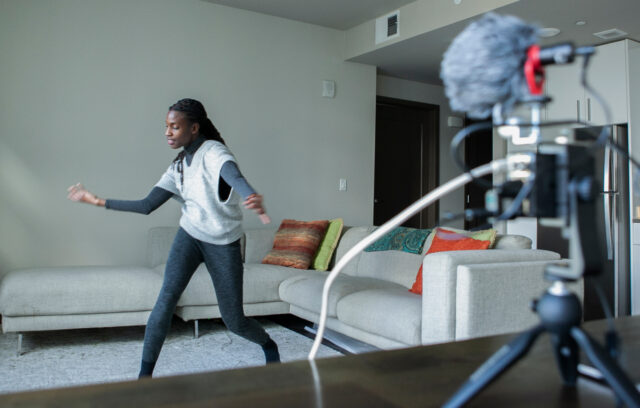How do you characterize the media you work in?
I’m a visual artist who works across a variety of media, including code, installation, video, and performance.
How does your practice engage with technology?
Historically I’ve used technology as an entry point for talking about larger structural issues as well as a means in itself. Technology is interwoven at all different points in my practice: for example, I often use software to collect data or to do the initial set-up or research for a work, even though the actual output may or may not involve technology as well.
What was your focus during your time at Eyebeam?
At Eyebeam I delved deeper into the subject of missing data. Around 2015, I became interested in patterns of absence in data collection: what is not being collected or what we don’t have access to, and who that affects and why. I began diving into the topic and staged a few versions of a piece called The Library of Missing Datasets, a physical installation of filing cabinets that highlights what information was missing and made those omissions visible. At Eyebeam I also worked on a series of works called Us, Aggregated which put photos from my family’s personal archives—photos that had never been online before—through Google’s reverse image search algorithm, to source images that were algorithmically similar.
